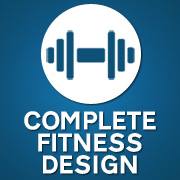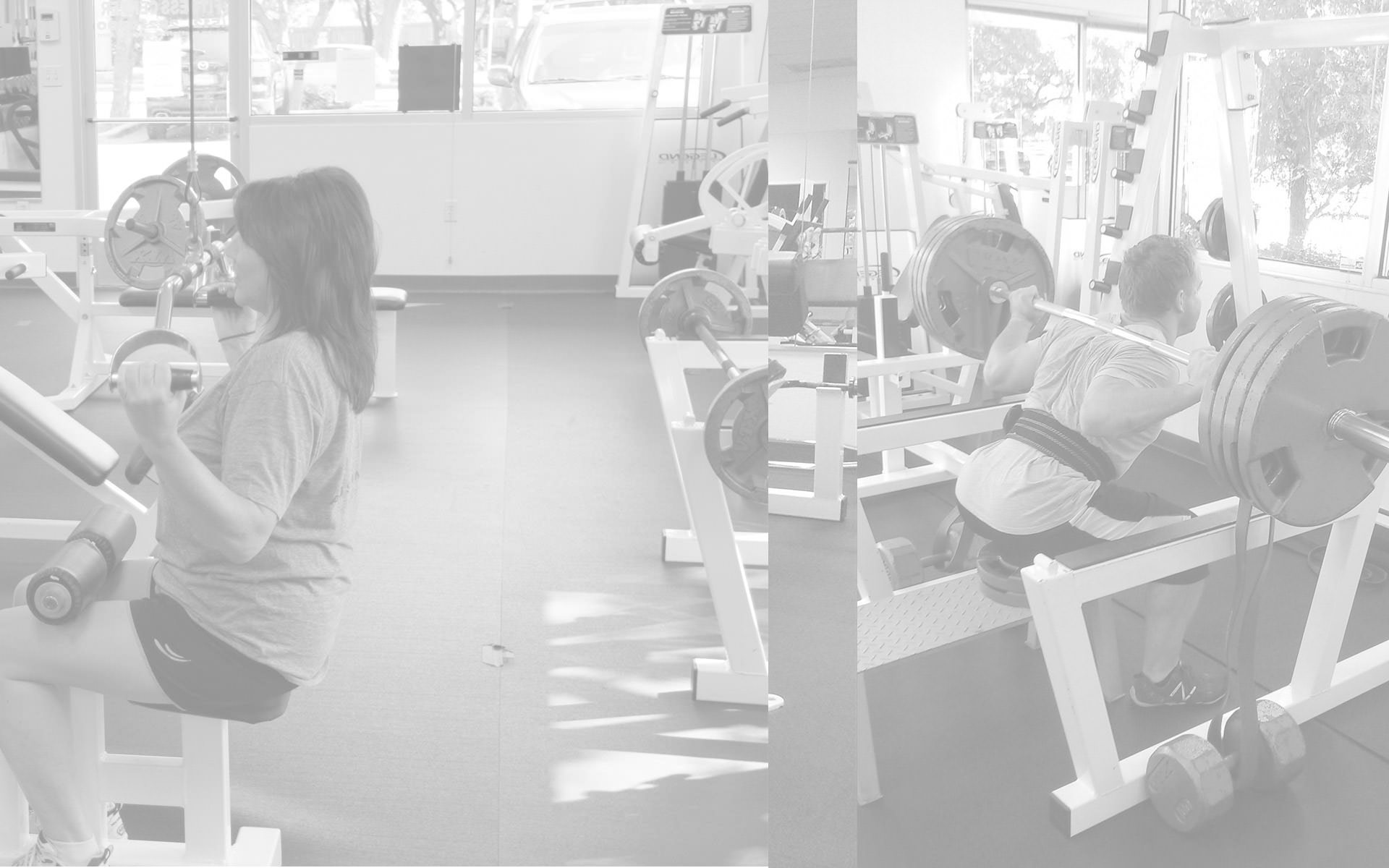Circuit Training is Aerobics & Weights!
Many times it has happened that when people walk into my gym, the Austin Fitness Center, they’ll say to me that they’re not interested in lifting the weights and that they only want to do cardio on the bikes, treadmills or ellipticals. While there is a multitude of compelling reasons why one should do cardiovascular exercise, ranging from weight loss/management, to improved cardiovascular health, why limit yourself to just one form of exercise? Why not do cardiovascular work as well as weight training simultaneously? It’s called circuit training.
There are several methodologies one can employ in the gym if you want to get your heart rate up. Obviously, cardiovascular exercise on a treadmill, or the like, is a viable option, but what about lifting lighter weights for more repetitions? One could even take it a step further and incorporate less rest time between sets. Even further in keeping with this approach, would be to not only reduce the rest periods, do a lot of reps with lighter weights, but to move from one exercise to another all the while. This is known as circuit training and it is every bit as effective for weight loss, cardiovascular health, etc as simply doing cardio. The advantage it has over strictly cardio, however, is that you’re building muscle simultaneously.
Who could benefit from circuit training? Virtually anybody and everybody looking to lose or maintain their body weight, add a little muscle, and improve their cardiovascular health. Some people will say that they don’t want to get big bulky muscles so it’s best they avoid weight training entirely. This is not a valid concern as circuit training doesn’t promote extreme hypertrophy in any fashion and furthermore, almost nobody has the natural amount of testosterone required in order to build large bulky muscles.
The benefits of weight training have been thoroughly documented for years. They include not only better cardiovascular health as the result of intermittent heart rate increases, but a noticeable increase in bone density, amongst other things. Bone density reduction is a very big concern as we grow older, especially for women. While plodding along on a treadmill is fine for some people, it’s rather boring for many, so weight training in a cardiovascular fashion, can also provide more mental stimulation as a lot of the exercises employed are known as compound movements thus requiring an acute sense of what your body is doing as it’s working many muscles simultaneously, such as a chest press, for example.
How does one go about getting started with circuit training, especially if they’ve never even lifted weights or set foot in a gym before? Hiring a qualified and experienced personal trainer would be a good starting point. They are usually not found in the big box chain gyms, but rather in smaller independent settings. Once your trainer has taught you basic techniques and assessed your body’s imbalances to ensure you aren’t likely to get injured or exacerbate a condition or imbalance, they should lead you on a low impact and light weight circuit which would include a working of all the muscle groups both upper and lower. In the beginning, it’s important to begin slowly and gently, so therefore, you would have rest periods between sets. In time, as you progress with not only your techniques in the gym, but your cardiovascular and muscular fitness levels, you will slowly start amping up the intensity by using gradually heavier weights while decreasing the rest periods between sets.
Your trainer may wish to employ an opposing muscle strategy as well. This simply entails you working the muscle group opposing the one you just worked. For example, if you just did a set of 25 bicep curls, he or she would have you do a set of 25 tricep extensions. If you just did a set of 25 chest presses, he or she may have you do a set of 25 bent over barbell rows so as to work the back muscles, for example. Another strategy I’ve often employed for advanced trainees, is at the completion of 1 circuit to get on a treadmill or similar cardio machine, and go at a medium or even faster pace, depending upon the client and our goals, etc, for a set amount of time. At the completion of this, I may let them rest and bring their heart rate down just to start them around another circuit as soon as we’ve done so.
I’ve been an Austin personal trainer for some 20 years now, and have always been an advocate of circuit training for clients looking to lose weight, build stronger bones, add some lean muscle to their frames, and get healthier in the process. It’s not applicable in all circumstances and with all clients, of course, but if it is incorporated even to a small degree, and at various levels of intensity, it can be a very viable option for almost everybody if done properly.
Ready to Get Started?





